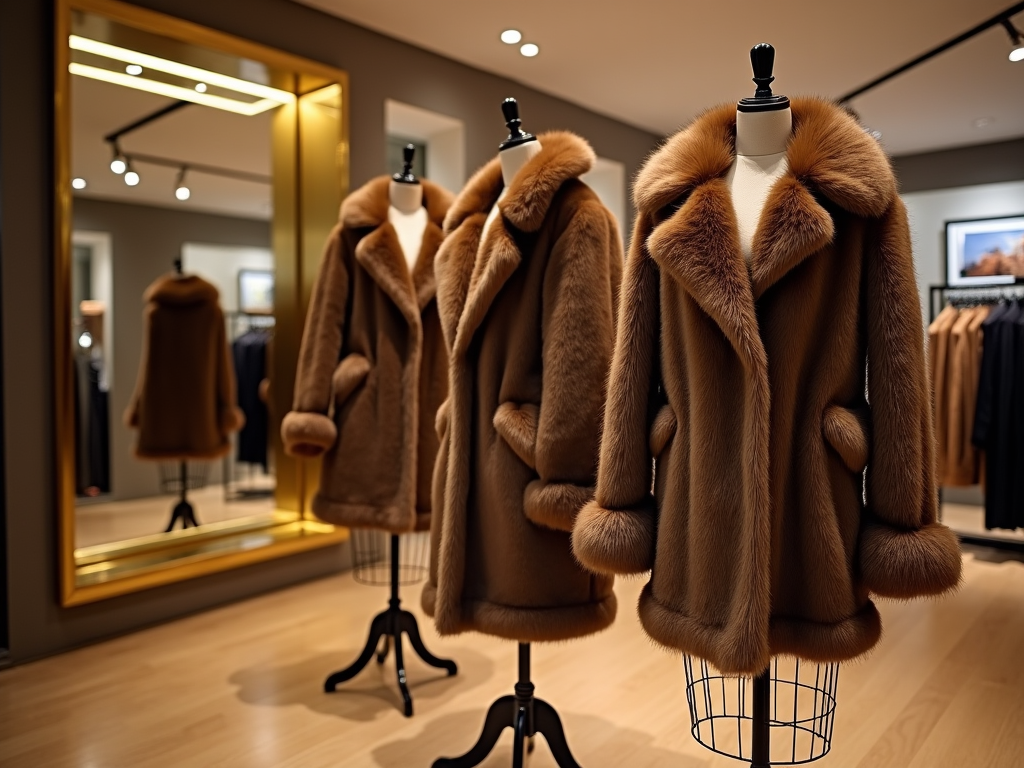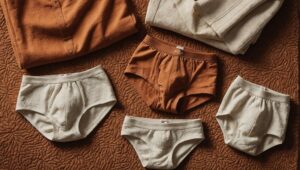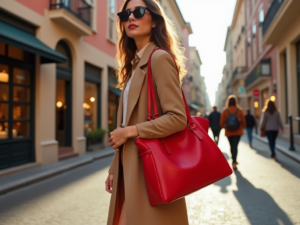Fur coats have long been considered the epitome of luxury, warmth, and style. From practical outerwear to fashion statements, fur coats are available in a variety of types, each offering its own distinct characteristics and appeal. In this article, we’ll explore the main varieties of fur coats, which type suits what occasion, and how they differ from each other.
Mink Fur Coats
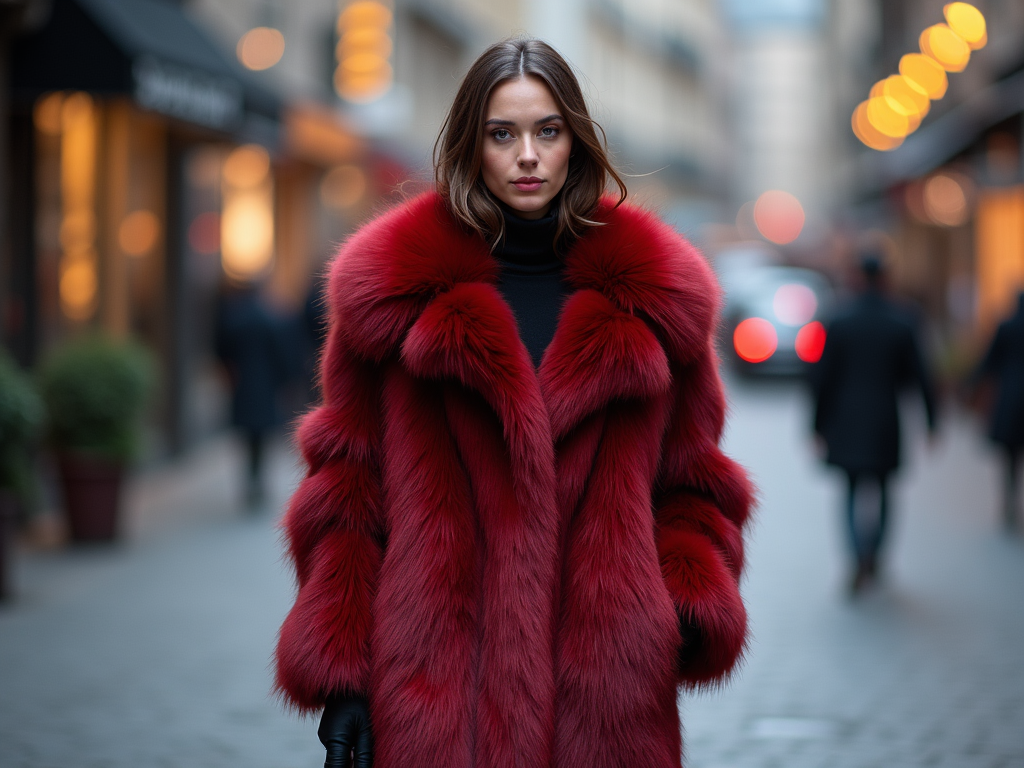
Mink fur coats are known for their incredibly soft feel and glossy appearance, making them one of the most popular and sought-after options in the world of fur fashion. Mink fur is lightweight yet remarkably warm, which makes these coats ideal for colder climates. The sleek texture of mink fur provides a luxury aesthetic that many fashion enthusiasts adore. Furthermore, mink coats are available in a range of natural and dyed colors, allowing for greater flexibility in personal style.
It’s important to note that mink fur, while luxurious, tends to require special care and maintenance to ensure its longevity. This includes proper storage away from heat and humidity, as well as regular cleaning by a professional furrier. Mink coats are often considered investment pieces due to their long lifespan when properly cared for. Because of their elegance and versatility, mink fur coats are a staple in both high-fashion and classic wardrobe collections.
Fox Fur Coats
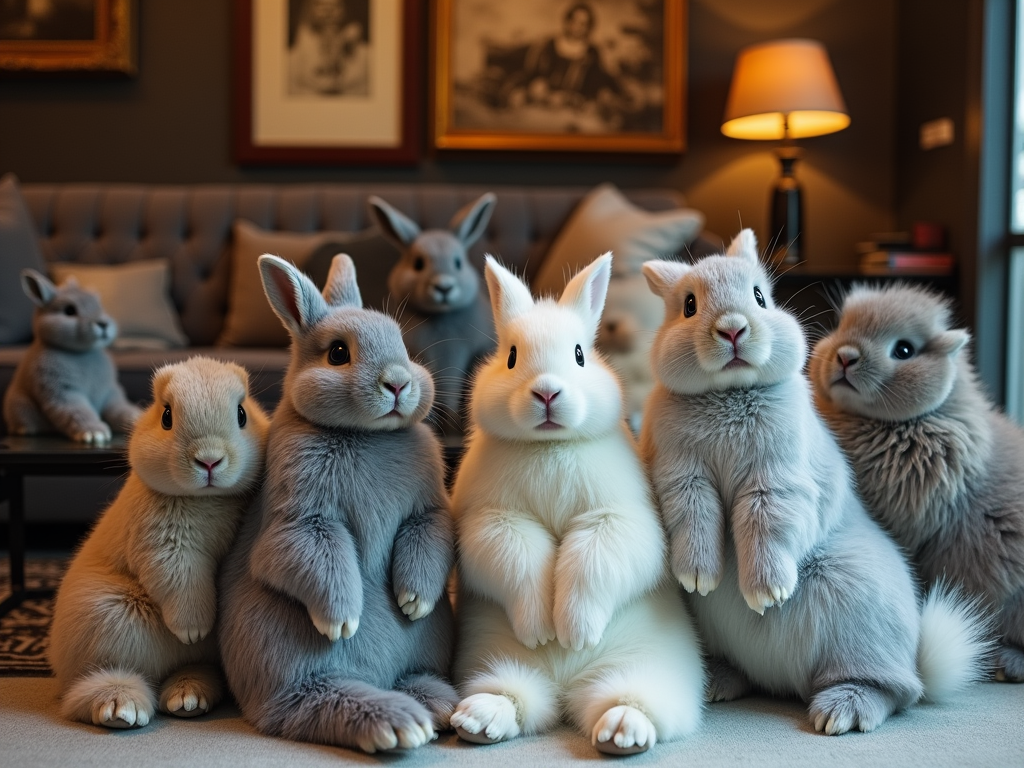
Fox fur coats are celebrated for their plushness and volume, offering a distinctive look that sets them apart from other types of fur. Fox fur comes in many natural hues, including silver, blue, and red, with each bringing its own unique allure to fashion designs. These characteristics make fox fur coats suitable for making bold style statements. They are particularly favored for their luxurious and eye-catching appearance in the fashion industry.
Unlike mink, fox fur is characterized by longer and denser hair, which allows for greater warmth and a more flamboyant aesthetic. Additionally, due to the diversity of coloring, fox fur coats often require a different approach regarding style coordination, making them suited for occasions where one wants to stand out. It’s essential to understand that, similar to mink, fox fur also necessitates careful storage and professional cleaning to maintain its stunning look.
Rabbit Fur Coats
Rabbit fur coats are a popular choice for those wishing to experience the luxury of fur without the price tag of more expensive options. Known for their affordability and softness, rabbit fur offers a more accessible entry point into the world of fur fashion. Despite being less expensive, rabbit fur coats can still provide substantial warmth and a chic appearance, making them popular for both everyday wear and special occasions.
Rabbit fur’s short fibers and fluffy texture make these coats easy to layer and versatile in styling. Additionally, rabbit fur can be dyed into virtually any color, allowing for creative and personalized fashion choices. While they lack the durability of mink or fox, with proper care—including gentle cleaning and storing—they can still offer comfort and elegance for several years. Their cost-effectiveness makes rabbit fur coats a practical choice for budget-conscious fashion enthusiasts.
Chinchilla fur coats are synonymous with indulgent luxury due to their exquisite texture and rare availability. Exceptionally soft and delicate, chinchilla fur is prized for its appearance and sensation; it is one of the softest furs, providing a velvety feel that is hard to match. Due to their fine quality, chinchilla coats are considered some of the most expensive in the fur market.
The natural color of chinchilla fur, typically a striking blend of grays and blacks, creates a unique visual appeal that enhances any fashionable collection. While chinchilla fur’s fragility means it may not provide the same level of insulation as other furs, it is unmatched in sophistication and elegance. Because of their delicate nature, these coats require impeccable care, including avoiding moisture and seeking professional handling for cleaning and repairs.
Sable Fur Coats
Sable fur coats are considered the ultimate symbol of luxury and opulence, often seen as a status symbol among the elite. Renowned for their rich, silky texture and natural sheen, sable fur boasts a lavish aesthetic that is difficult to rival. The rarity of wild sable, primarily found in Russia, contributes significantly to the high price and desirability of sable coats.
One of the key advantages of sable fur is its lightweight warmth and the softness of its fibers, which give it a fluid, sculptural resilience. These qualities make sable coats exceptionally comfortable to wear while providing impressive warmth. Maintenance of a sable fur coat requires specialized care, including avoiding structural damage to the delicate fibers, thus ensuring its longevity and sustained beauty. Because of their exclusivity and unmatched elegance, sable fur coats remain a coveted choice for fur connoisseurs.
Conclusion
Fur coats offer more than just warmth; they provide a stylish statement and a testament to timeless fashion. With an array of options available—from mink’s sleekness to sable’s opulence—there is a fur coat to suit every taste and occasion. Understanding the differences in textures, maintenance needs, and costs can help individuals make informed choices when investing in a fur coat. While their appeal is undeniable, responsible sourcing and care of fur garments remain essential parts of owning these luxurious pieces.
Frequently Asked Questions
- Are fur coats sustainable? Fur coats have sustainability concerns due to animal welfare issues and environmental impacts. However, some brands are moving towards certified sustainable practices.
- How should I store my fur coat? Fur coats should be stored in a cool, dry place with plenty of space to prevent crushing. Ideally, use a cloth garment bag and keep it away from sunlight.
- Can fur coats be repaired? Yes, fur coats can be repaired by professional furriers. It is advised to seek expert help for both minor and major repairs to preserve the integrity of the coat.
- What is the most durable fur coat? Mink fur coats are often considered the most durable due to their dense fur structure, making them an excellent long-term investment with proper care.
- Why are sable fur coats so expensive? Sable fur coats are expensive primarily due to the rarity of the sable animal and the luxurious qualities of their fur, including softness and a natural sheen.
